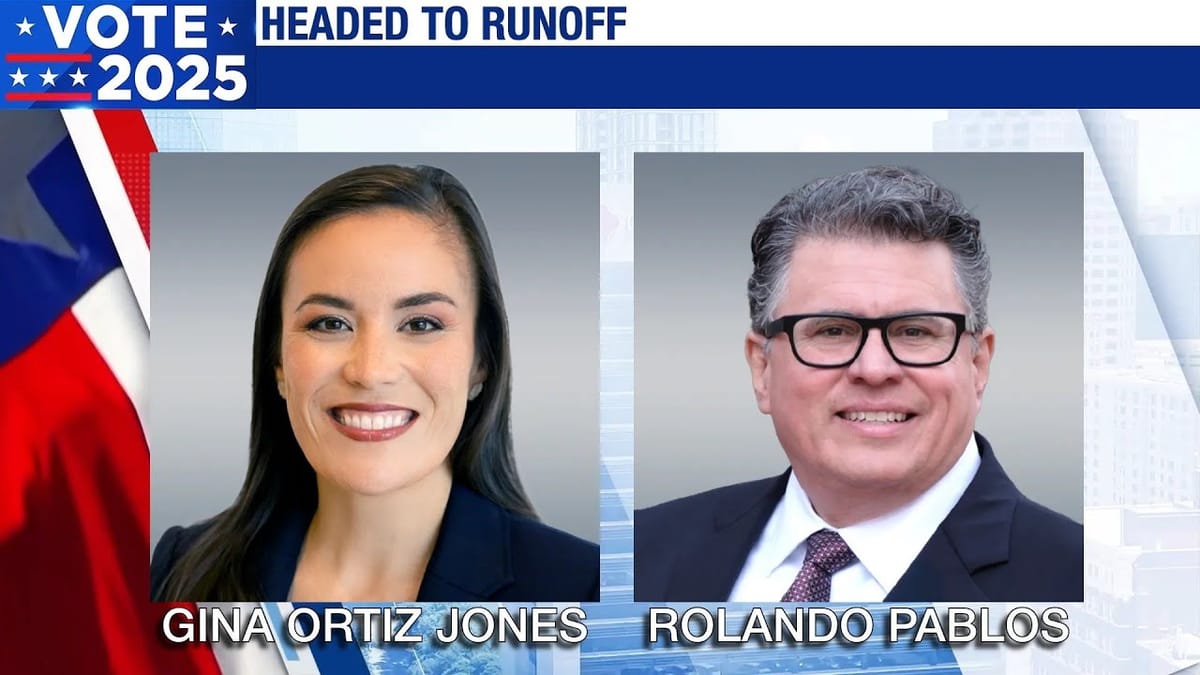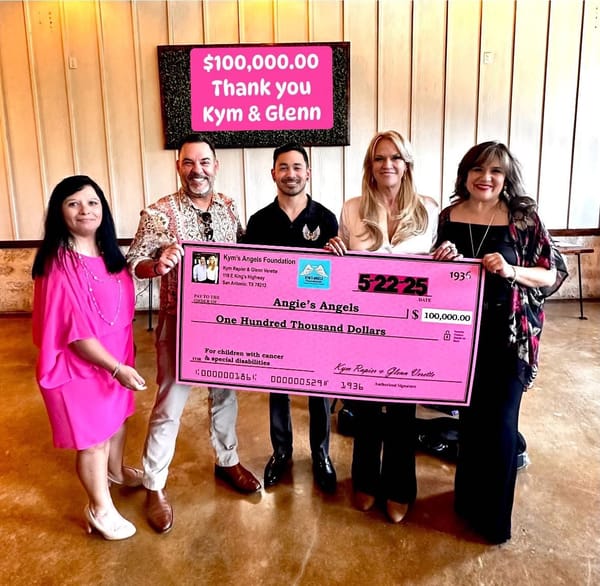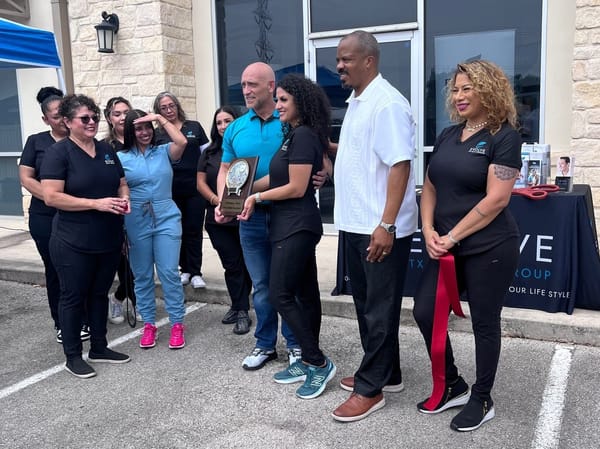San Antonio’s 2025 Mayoral Race: A Reflection on May 3 and the Road Ahead

The May 3, 2025, mayoral election was unlike any in San Antonio’s history. With 27 candidates, the city stood at a critical crossroads—confronting its past inequities, engaging new voices, and testing whether money, message, or movement would define its next leader. As one of those candidates, Chris Herring for Mayor of San Antonio, I saw firsthand the barriers, the breakthroughs, and the bold possibilities that now shape our political future.
Race, Gender & Identity in a New Era of Leadership
This election carried historic weight. San Antonio had the chance to elect its first Hispanic female mayor. Gina Ortiz Jones, who advanced to the runoff, identifies as Filipina, but her surname may have confused voters unfamiliar with her heritage. That, in itself, opened broader questions about cultural identity and voter perception in a city where ethnicity, representation, and name recognition still strongly influence outcomes.
Equally significant, five Black or African American candidates were on the ballot—a historic first. While this represented a powerful step toward visibility, many of us faced systemic challenges: limited media coverage, exclusion from public polling tools, and financial hurdles that reinforced inequity rather than addressed it.
Military City USA Represented on the Ballot
In the spirit of San Antonio’s identity as Military City USA, this race also marked a record number of veteran candidates, including myself and others who served our nation and now hoped to serve our city. Our experiences brought diverse perspectives—from foreign policy to local poverty—and emphasized service, sacrifice, and community-building.
The Price of Visibility: PACs, Self-Funding & Media Bias
This campaign exposed the real “cost” of participating in democracy. Several candidates gained traction because of major financial contributions or personal wealth. Manny Pelaez loaned his campaign $324,000. Clayton Perry self-funded $100,000. Those investments earned them name recognition and placement in surveys and media outlets.
Meanwhile, outside PACs like Fields of Change and the Texas Economic Fund spent tens of thousands to back specific candidates—particularly Gina Ortiz Jones and Rolando Pablos—through ads, polling, and digital outreach.
The public was told that “there were too many candidates” to follow, yet those same citizens still made clear council picks. In truth, media outlets required candidates to pay for coverage—offering exposure only to those who could afford ad buys. Some local publications promoted only candidates who paid to participate in surveys or forums, creating a “pay-to-play” barrier that left many unheard.
Voter Fatigue & the Challenge of Engagement
Only 7.81% of registered voters participated in the May 3 election. This post-presidential year drop reflects a nationwide trend of civic fatigue, but the excuses don’t justify the consequences. The low turnout means decisions about billion-dollar budgets, public safety, economic equity, and housing were made by a fraction of our community.
My Campaign: Ending Generational Poverty in San Antonio
My campaign centered on one clear goal: ending generational poverty by transforming the ten most underserved ZIP codes in San Antonio. These neighborhoods—often redlined decades ago—remain trapped in cycles of low wages, poor infrastructure, limited healthcare access, and underinvestment.
- In these ZIP codes, household income is often $20,000 below the city average.
- One in five households lacks internet access, limiting access to telehealth, education, and jobs.
- Women in these communities face the highest maternal mortality rates and life expectancy gaps in Bexar County.
Today, both runoff candidates now echo these themes—but the question remains: How will they act on them? Rhetoric is easy. Equity demands a plan, investment, and accountability.
A New Mayor, A Longer Term, A Bigger Responsibility
For the first time in decades, San Antonio’s next mayor will serve a four-year term, thanks to a voter-approved amendment. This extended leadership window removes the constant pressure of re-election and offers a chance for real, systemic change.
But it also means greater scrutiny, higher expectations, and the need to lead with both urgency and vision.
The Final Decision: Pablos vs. Ortiz Jones
On June 7, San Antonians will make a clear choice between Rolando Pablos and Gina Ortiz Jones—two candidates who have benefited from establishment backing, PAC support, and national networks.
While the race is technically nonpartisan, the party lines have never been clearer. Endorsements, campaign structures, and fundraising patterns reveal the influence of national political machines on our local governance.
Conclusion
This election taught us that money still buys voice, but vision—especially one rooted in community, equity, and inclusion—can move people. It showed us that we must question our systems, engage more deeply, and push for a city that values people over politics.
As a veteran, small business owner, and longtime community advocate, I ran because I believed San Antonio deserves more. Whether or not I’m on the ballot in the runoff, I remain committed to the mission: Ending generational poverty and building a San Antonio where ZIP code doesn’t determine destiny.
Now it’s your turn. Your vote. Your city. Your future.
— Christopher Herring



